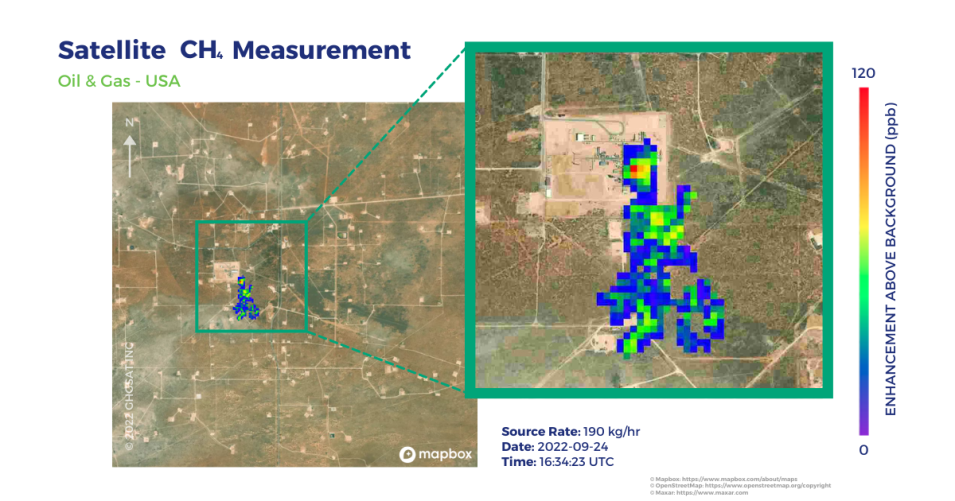NASA has selected GHGSat to provide commercial small constellation satellite products for evaluation to determine their suitability for advancing NASA’s Earth science and application goals. The purchase agreement is the result of ongoing efforts by NASA’s Commercial SmallSat Data Acquisition (CSDA) program to identify, evaluate, and acquire commercial satellite data that may augment and/or complement NASA Earth science observations. CSDA is a component of NASA’s Earth Science Data Systems (ESDS) Program.
GHGSat specializes in the high-resolution remote sensing of greenhouse gases from space and will provide its methane data products to be evaluated under the CSDA program. GHGSat currently has six satellites in orbit that are capable of measuring methane emissions from point sources as small as individual oil and gas wells.

